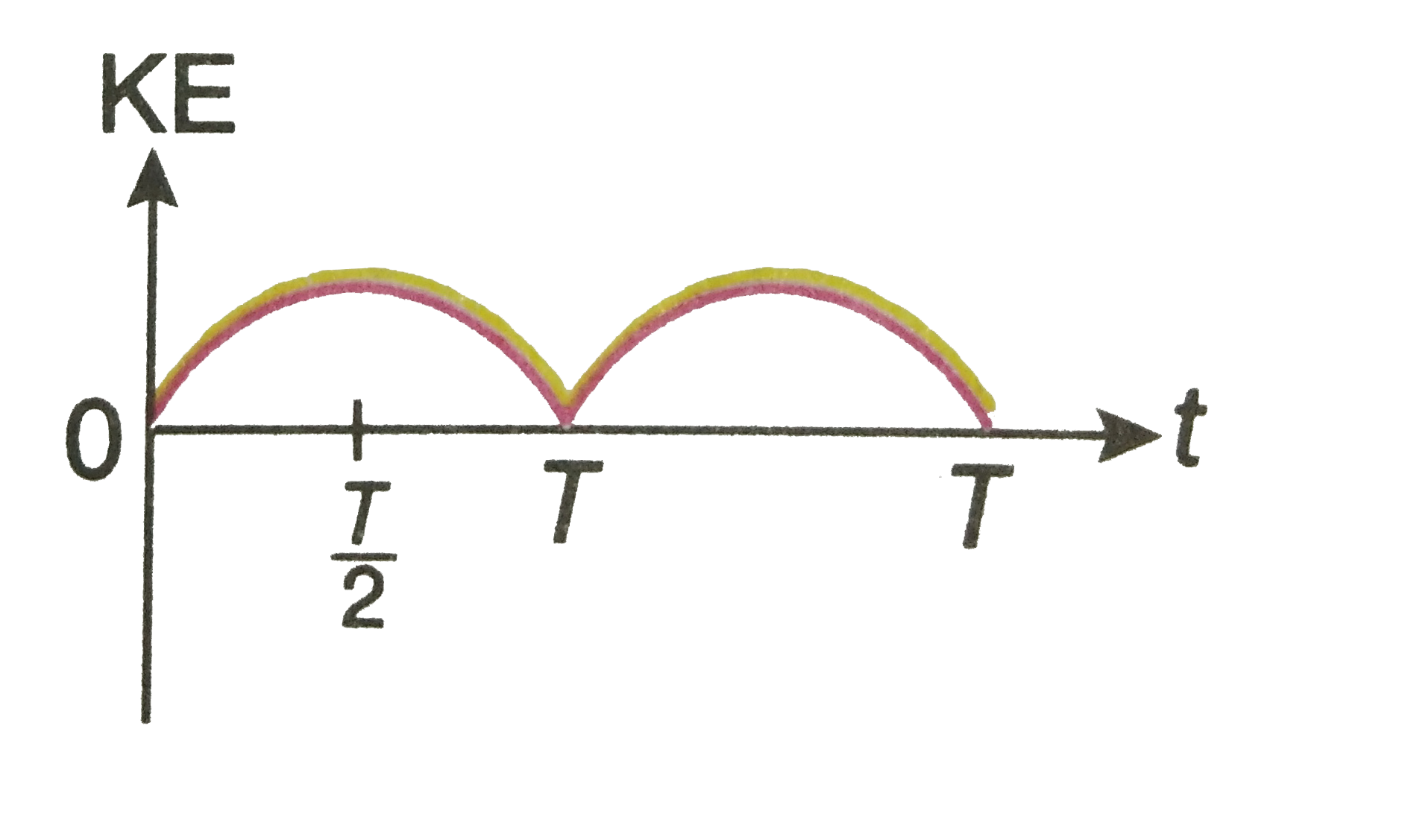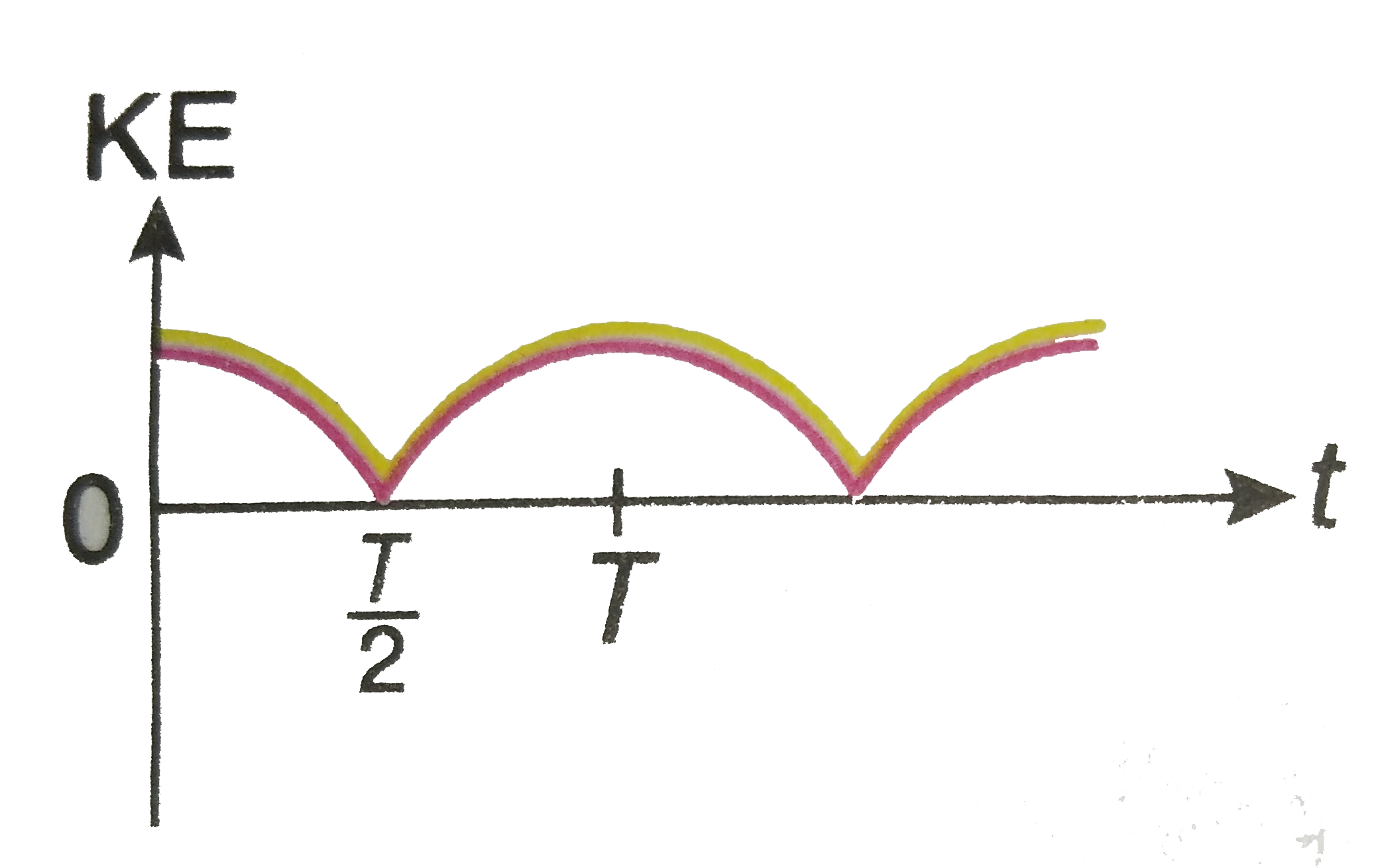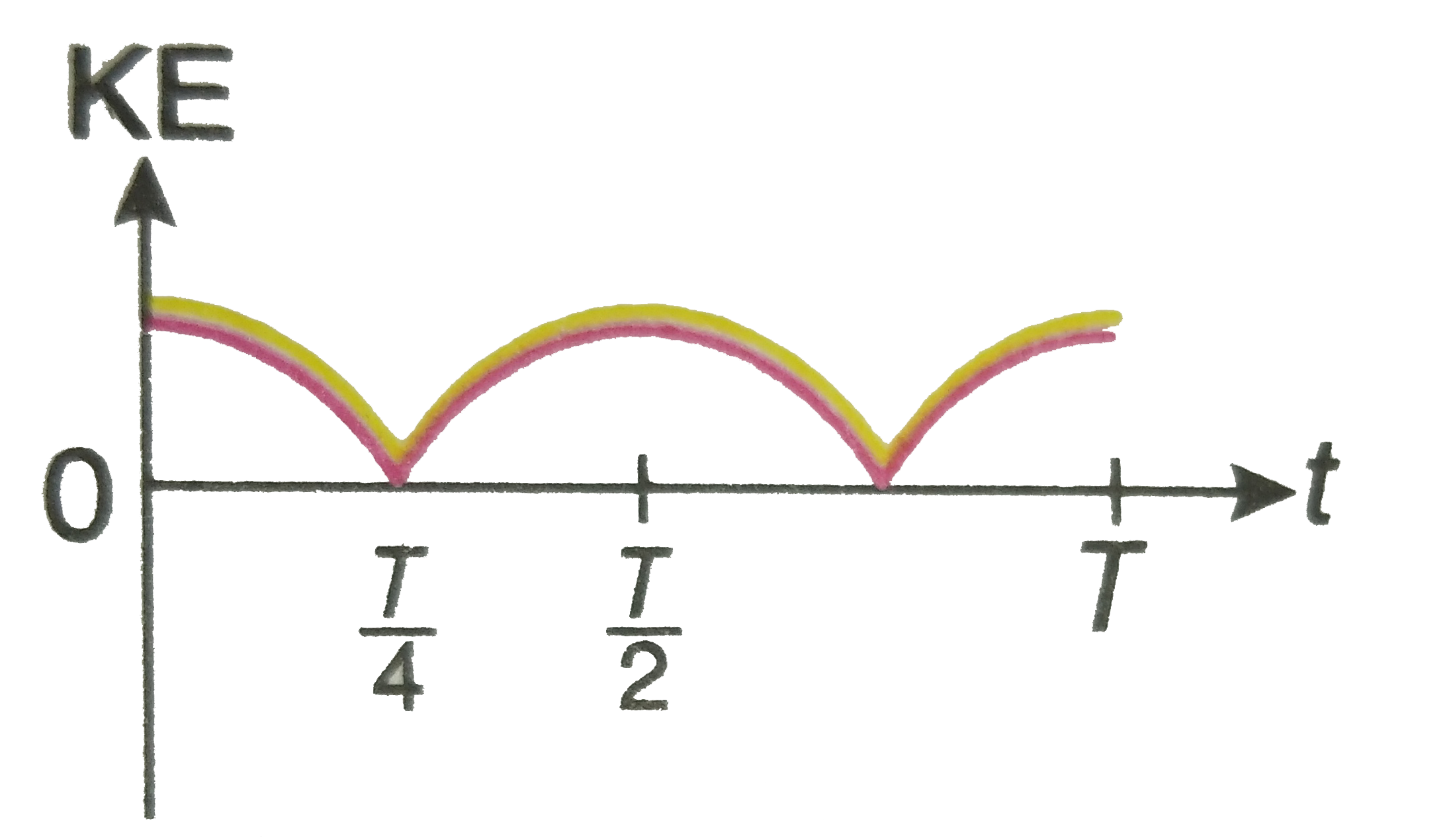A particle is executing simple harmonic motion with a time period T. At time t = 0, it is at its position of equilibrium. The kinetic energy-time graph of the particle will look like Solution in Bengali




Step by step video & image solution for A particle is executing simple harmonic motion with a time period T. At time t = 0, it is at its position of equilibrium. The kinetic energy-time graph of the particle will look like by Physics experts to help you in doubts & scoring excellent marks in Class 12 exams.
Updated on:21/07/2023Topper's Solved these Questions
- QUESTION PAPER OF NEET 2017BOOK - CHHAYA PUBLICATIONCHAPTER - QUESTION PAPER OF NEET 2017EXERCISE - QUESTION PAPERS OF (NEET) (2017)
39 Videos
- QUESTION PAPER OF NEET 2017BOOK - CHHAYA PUBLICATIONCHAPTER - QUESTION PAPER OF NEET 2017EXERCISE - PART -B (SECTION-II )
2 Videos
- QUANTUM THEORYBOOK - CHHAYA PUBLICATIONCHAPTER - QUANTUM THEORYEXERCISE - CBSE Scanner
29 Videos
- QUESTION PAPER OF NEET 2018BOOK - CHHAYA PUBLICATIONCHAPTER - QUESTION PAPER OF NEET 2018EXERCISE - QUESTIONS
58 Videos
Similar Questions
A molecule of a substance has permanent dipole moment p. A mole of this substance is polarised by applying a strong electrostatic field E. The direction of the field is suddenly changed by an angle of 60∘. If N is the Avogadro's number the amount of work done by the field is
View SolutionWhat will be the change in focal length f of a concave mirror when immersed in a liquid of refractive index n?
View SolutionDefine the terms (i) 'cut-off voltage' and (ii) 'threshold frequency' in relation to phenomenon of photoelecric effect.
Using Einstein's photoelectric equation show how the cutt-off voltage and threshold frequency for a given photosensitive material can be determined with the help of a suitable plot/graph.
View SolutionIt is found that if a neutron suffers an elastic collinear collision with deuterium at rest, fractional loss of its energy is pd, while for its similar collision with carbon nucleus at rest, fractional loss of energy is pc. The values of pd and pc are respectively
View SolutionA particle executes a simple harmonic motion of time period T. Find the time taken by the particle to go directly from its mean position to half the amplitude.
View SolutionA particle is executing simple harmonic motion with a time period T . At time t=0, it is at its position of equilibium. The kinetice energy -time graph of the particle will look like
View SolutionA particle is executing simple harmonic motion with an amplitude A and time period T. The displacement of the particles after 2T period from its initial position is
View SolutionIf particle is excuting simple harmonic motion with time period T, then the time period of its total mechanical energy is :-
View SolutionA particle executing simple harmonic motion with time period T. the time period with which its kinetic energy oscillates is
View SolutionA particle is executing simple harmonic motion with a time period T. At time t = 0, it is at its position of equilibrium. The kinetic energy-time graph of the particle will lock like.
View SolutionA particle executes simple harmonic motion with an amplitude A. The period of oscillation is T. The minimum time taken by the particle to travel half of the amplitude form the equilibrium position is………..
View SolutionA particle executes a simple harmonic motion of time period T. Find the time taken by the particle to go directly from its mean position to half the amplitude.
View SolutionA particle is executing simple harmonic motion with a time period T. At time t=0, it is at its position of equilibium. The kinetice energy -time graph of the particle will look like
View SolutionA particle is excuting simple harmonic motion with an amplitude A and time period T. The dispolacement of the particle after 2 T period from its intial position is,
View SolutionA particle is excuting simple harmonic motion with an amplitude A and time period T. The dispolacement of the particle after 2 T period from its intial position is,
View Solution
